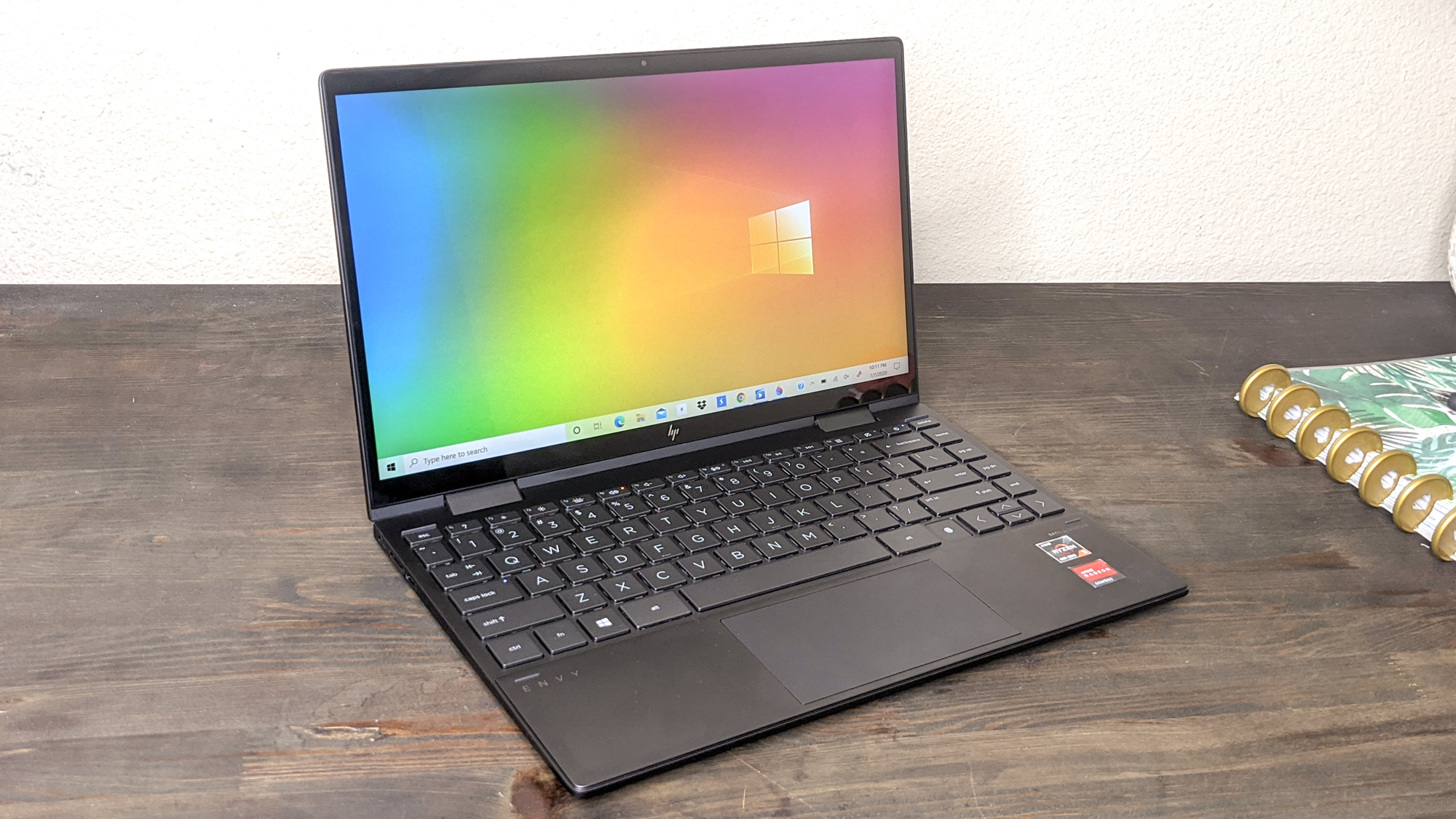Critical Windows 10 bug breaks important backup feature — What to do now
It might be time to uninstall the latest security update

Microsoft calls them patches but sometimes sewing damaged thread can result in even bigger holes. That appears to be the case with the latest Windows 10 February patch based on complaints from users who downloaded the update.
The major bug caused by the patch affects File History, a backup tool that lets you save all of your files on a USB drive or on your network. That isn't all, though. According to Windows Latest, some users claim the update breaks their webcams, crashes apps or outright fails to install.
- Best laptops in 2021
- Windows 10 beginners guide: How to use the OS
“This update *also* breaks File History for at least some subset of users, including me," someone wrote in the Windows Latest comments section. "It caused my backups to fail completely and uninstalling the KB restored the functioning backup. There’s a thread on this in the Microsoft community, but unfortunately, I see no evidence that anyone within Microsoft has acknowledged it.”
Other users have echoed this complaint with their own horror experiences. In one case, a user clicked the "Back up Now" option, however, a "Cancel" button appeared before the backup ever took place. When they tried to run the backup from the advanced options, an error message surfaced stating: "We can't copy files to your File History Drive; Failed to initiate user data back-up (Error 80070005)."
Several disgruntled Windows 10 PC owners have chimed in on Microsoft's own support pages in the hope of getting the company's attention, "I have the exact same problem. I am 99 percent sure it is due to the newly installed KB4601319. When I roll back KB4601319 the problem disappears and when I apply it again the problem reappears," one user said.
Windows 10 File History bug: How to uninstall the patch
Unfortunately, so far, nobody has come to the rescue as stranded users attempt to protect their data. So far, the best way to get the File History tool back up and running is to uninstall the patch, even if it means losing the security protections offered by KB4601319.
If you've reached an impasse, and need to revert back to a more usable version of Windows 10, use the steps below to remove KB4601319 until somebody at Microsoft can address, and hopefully fix, the issue.
Sign up to receive The Snapshot, a free special dispatch from Laptop Mag, in your inbox.
- Open the Start Menu and click Settings.
- Click Update and security.
- Make sure the Windows Update tab is selected in the left sidebar
- Choose "Uninstall updates" from the top-left of the page
- Select the update you would like to uninstall (KB4601319 in this case)
Phillip Tracy is the assistant managing editor at Laptop Mag where he reviews laptops, phones and other gadgets while covering the latest industry news. After graduating with a journalism degree from the University of Texas at Austin, Phillip became a tech reporter at the Daily Dot. There, he wrote reviews for a range of gadgets and covered everything from social media trends to cybersecurity. Prior to that, he wrote for RCR Wireless News covering 5G and IoT. When he's not tinkering with devices, you can find Phillip playing video games, reading, traveling or watching soccer.

